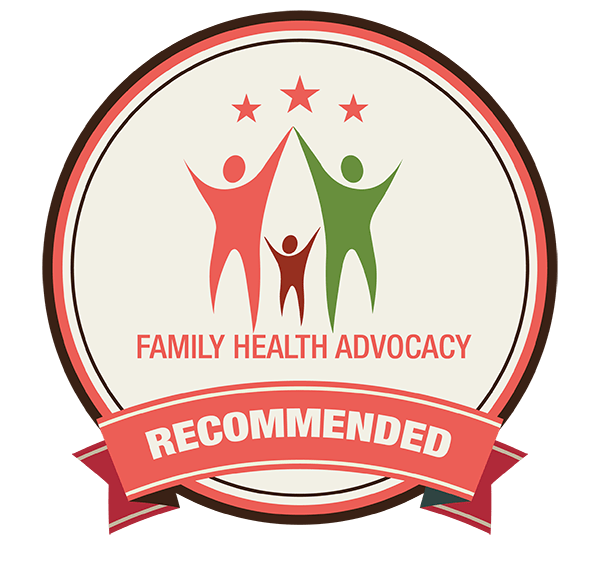To be transparent and report any potential bias, understand that I am a chiropractor. I look at the human body as a constantly self-healing organism, given the correct or congruent environment required for optimal healing.
The first thing someone usually does with low back pain is reach for prescription or over the counter medication. Let’s have a peek at how that’s going:
Painkillers?
Unfortunately, opioids — any synthetic narcotic that has opiate-like activities but is not derived from opium — are the most abused drugs in the chronic pain setting. The most potent opioids are morphine, meperidine, methadone, while other opioids include hydromorphine–Dilaudid®, codeine, oxycodone– Percodan®, propoxyphene–Darvon®, Naloxone–Narcan®, and Pentazocine–Talwin®.6
The prevalence of lifetime substance use disorders – commonly known as SUDs — ranges from 36 percent to 56 percent in patients treated with opioids for chronic back pain; 43 percent of this population has current SUD, and 5 percent to 24 percent have aberrant medication-taking behaviors. About 14 percent to 16 percent of pain patients not having SUD use illicit drugs in combination with prescription drugs for pain, while 34 percent of patients with SUD combine legal pain medication with illicit drug use. These statistics highlight the difficult situation of balancing pain treatment with abuse management,7 and clearly, there is growing concern about the use and addiction consequences of these extremely common and widely available pain-control related medications
What about surgery?
Back surgery has become a booming business over the past decade, with about 800,000 Americans undergoing back surgery each year, according to the American Academy of Orthopaedic Surgeons. More complex procedures such as spinal fusions — in which vertebrae are permanently bonded — have nearly doubled, from 203,000 in 1997 to 381,000 in 2007, according to the group. But evidence is mounting that for many patients, surgery is no better at relieving pain than non-invasive care options. Surgeons are now admitting that some patients are even worse off after surgery, leading the profession to coin the term “failed back surgery syndrome.” Unlike other interventions, back surgery is not reversible, and according to Dr. Steven Atlas, an assistant professor at Harvard Medical School who has studied the escalation in back surgery, “…too many surgeons don’t take that kind of time to urge alternatives.”
Cortisone Injections?
Corticosteroids are a class of medications that are related to cortisone, a steroid. Medications of this class powerfully reduce inflammation. They are used to reduce the inflammation caused by a variety of diseases. Cortisone is one type of corticosteroid.
As the public digests the information linked to tainted steroid injections and prescription overdose, they are also learning of the dangers and overuse of another popular back pain reliever – Cortisone – arguably termed the wonder drug of athletics. Long a staple of trainers’ rooms, and in its natural state a steroid hormone produced by the human adrenal gland, Cortisone has been available in synthetic form since 1950. Weekend warriors are as likely to tap into its anti-inflammatory powers as pro-athletes.
The dilemma with Cortisone is not simply its use, but also its frequency, as well as the short- and long- term damage created from too many shots. Given the current issues surrounding epidural injections, the public now has every reason to be concerned about the safety of cortisone injections.
Corticosteroids have potential side effects and should be used with caution. Although they may provide relief from pain and inflammation, corticosteroids can also slow healing and weaken tendons. Other side effects include:
- Increased pain during the first few days after an injection.
- Tendon degeneration.
- Skin color (pigmentation) changes.
- Dimpling of the skin (subcutaneous atrophy).
- Infection at the injection site, although this is rare.
Elevated blood sugar levels if you have diabetes.
Is there a safer option?
A conservative approach, such as chiropractic care, which includes manual and or instrument spinal care, postural advice, exercise and stretching advice – along with general lifestyle and nutritional suggestions and feedback – – holds the potential to help individuals avoid the negative outcomes of the routine approach to back pain problems while enhancing their search for a pain-free way of life.
Current, evidence-based practice guidelines are emerging seeking to change these damaging and costly circumstances for patients suffering from back pain. The goals of these guidelines include:
- improving patient outcomes through far less reliance on drugs
- being alert to signs of addiction and how quickly they appear
- avoiding surgical procedures until they are unquestionably the only option for the patient
- saving the healthcare system billions of dollars
An example of this clinically enlightened approach calls for up to three months of conservative care, such as that provided by Doctors of Chiropractic (D.C.), before more aggressive, more dangerous and more costly interventions are considered.
This approach, aside from helping patients avoid the complications of common drug approaches and the associated addiction involved, helps to make patients active participants in their recovery and teaches the lifestyle modifications that will help them to improve faster and avoid future periods of pain and disability.













